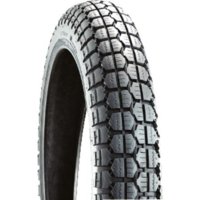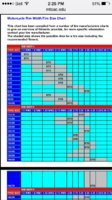Ok, sounds like we have shed some light on this issue. Looks like Yamaha equipped their XS400s with tubeless tire rims starting in 1980 - at least for the U.S. market. On my bike, I have put on more than 1K miles in the past year and have not experienced deflation issues. Since the Yamaha service manual specifies tubeless rims for '80 & '81 here on the XS400 and since my rims are stamped "Suitable for ...", I will continue with my wheel/tire setup as it is. Others will have to check and make that decision when tires are changed out on their bikes. Since our bikes are quite old and may have gone through mods by previous owners, anything is possible in terms of the vintage of the wheel on the bike when purchased in more recent times.
BTW, the same Yamaha service manual lists 120/90x16 as the stock size rear tire for '80 and '81 bikes. Front size is still listed as 3:00x18 in that service manual - interesting that the new size is listed for the rear but not the front.
My bike was manufactured in Feb., 1980. I do not have the original owner's manual but I do have one on the way for my exact year and model bike. It will be interesting to see if this issue is addressed in that manual.
I recently purchased a rear 18" disc brake wheel to use if I decide to change out my rear drum brake wheel. Later today I will check that wheel.
BC,
Thanks for the heads-up on the meaning of "JWL", didn't know that!!
hmusket, thanks for the additional info and link.




